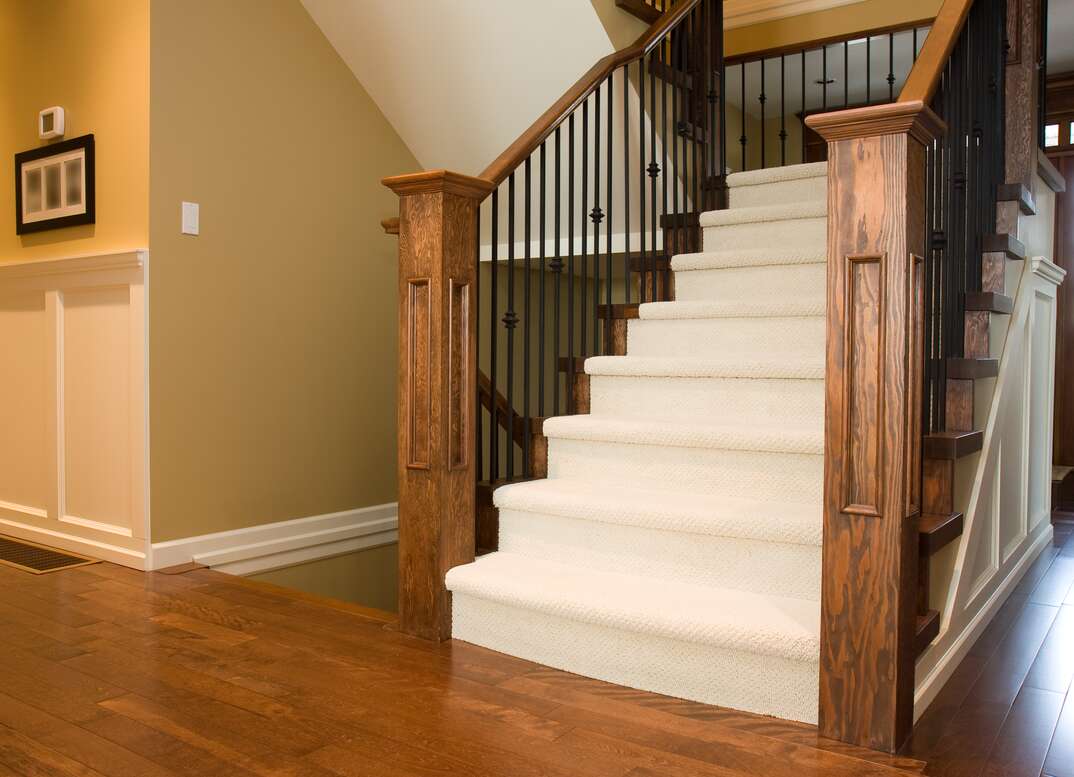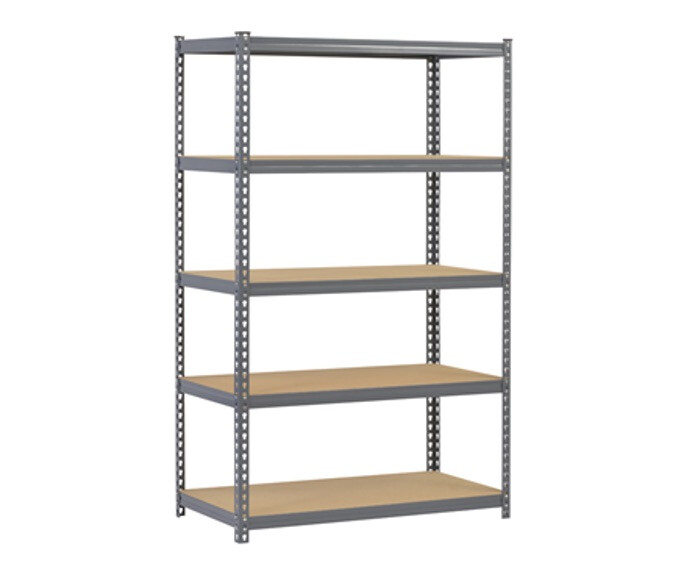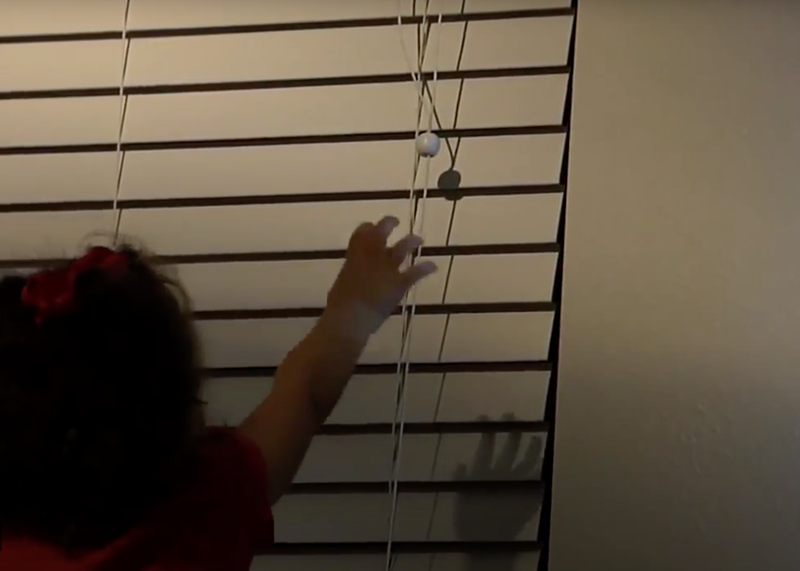Don't Get Caught Slippin': Nonslip Solutions for Various Rooms

You’re probably pretty careful when walking on wet or icy sidewalks and driving on slick roads; you know the chances of slipping and falling are high. However, slips inside — in the comfort of home — happen more often than most people think.
This May Also Interest You: What Kind of Floor Should I Install? Comparing Flooring Costs
In fact, the Centers for Disease Control report that one out of every five falls causes a serious injury such as a broken bone or head injury. Each year, 3 million older people are treated in emergency departments for fall injuries, and over 800,000 patients a year are hospitalized after being injured due to a fall. These injuries are most often a head injury or hip fracture.
Putting preventive measures in place so people don’t slip and fall in your home is very important, and it’s especially crucial if you live with a senior adult or someone who has eyesight, balance or mobility issues. Read on to learn a variety of nonslip solutions for every room in your home.
How to Make Your Bathroom Nonslip
Most falls occur in the bathroom. This makes sense, as bathtubs and flooring are often made from tile, a very slippery material when wet. One way to fix this problem is to treat the surfaces with a nonslip coating. The benefit of these coatings is that they are specifically designed to prevent slips; there is no structural work that needs to be done to the bathroom, nor does it change the look of your floor or tiles. The material is easy to apply and doesn’t require any extra maintenance beyond normal cleaning.
Ask someone at your local hardware or home improvement store for their recommendations for nonslip coatings. You should be able to find one that is non-toxic and easy to apply yourself. The anti-slip coating should contain no dangerous chemicals and be able to be applied using a paint roller or brush. Ensure the product you choose is safe for the type of flooring you have. Most should be safe for tiles, linoleum, marble or vinyl. These coatings can also be used in the bathtub or shower.
Anti-slip mats are another option. While they do prevent slips, they can come with hygiene issues, and may event present a tripping hazard themselves. You might want to consider an anti-slip mat in a larger space, like a laundry or utility room, or the garage.
How Do You Make Stairs Nonslip?
Stairs are another home hazard, whether you are going up or coming down. Carpeted stairs are less slippery than hardwood ones, but the possibility of tripping is still there. There are a number of options for slip-proofing hardwood stairs, including carpeting them.
However, carpet hides the beauty of your stairs. Anti-slip materials, similar to the coating we discussed for bathrooms, are available specifically for stairs. They come in strips and are transparent so you preserve the lovely look of your stairs. The pre-cut strips are adhesive, so they are easy to install. Be sure to lay them down and smooth them out carefully to prevent air bubbles from marring the look. The drawback to these strips is that they are difficult to remove, so you might want to consider them a permanent addition to your stairs. You can also purchase anti-slip made strips specifically for outdoor stairs.
You can also find carpet stair strips. These are very similar to the transparent anti-slip strips in how they work, but they’re made from carpet. You apply one strip to each stair. You won’t see so much of your hardwood, but the benefit of carpet stair strips is they are easier to remove and shouldn’t damage the wood flooring beneath.
More Related Articles:
- Babyproofing Your House: A Child-Safety Checklist
- How to Make Your Home Accessible to People With Disabilities
- Dog on It! How to Maintain and Protect Your Floors From Doggy Damage
- How to Fix Scratches on Hardwood Floors
- How to Install Carpet
Making Your Home Slip-Proof: Types of Flooring to Avoid
Some floor types are simply more slippery than others. If you’re redoing a room — especially one where slips are common, like a bathroom — consider the type of flooring you want to install. In general, natural stone and ceramic or porcelain tile are the slipperiest. Unfortunately, they are also both lovely and water-resistant, and so are natural choices for the bathroom. If you decide to go with stone or tile, consider also using an anti-slip coating.
Vinyl flooring is actually one of the best materials for rooms such as bathrooms as it is waterproof, durable, doesn’t stain and is easy to maintain. Vinyl had a bad rap at one time, but you can find vinyl flooring in a variety of styles and colors. Falling on vinyl is also softer than falling on a tile or stone floor and may cause less severe injuries.
What about linoleum? While vinyl and linoleum are often used interchangeably, they are different. Linoleum was the go-to material for years, but with advances in flooring materials, vinyl is now the better choice, mainly for its durability and easy maintenance. Linoleum, however, is made from a mix of cork and wood and is really not that water-resistant.
Think Above the Floor
To make your home even safer, especially for senior residents or visitors, consider installing grab bars in the bathtub and next to the toilet. Be sure your rooms are well-lit (low visibility could cause someone to trip over items they can’t see), add railings on both sides of the stairs and secure throw rugs or other items that can easily trip someone up.


